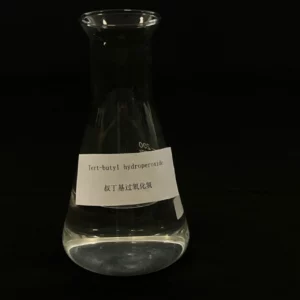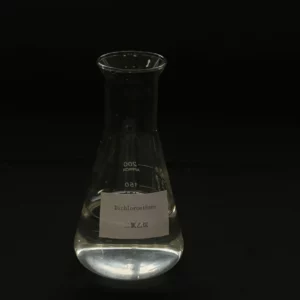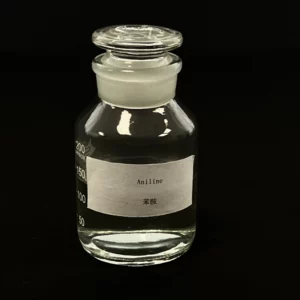Ang mga kemikal nga compound adunay hinungdanon nga papel sa lainlaing mga industriya, gikan sa pharmaceuticals hangtod sa manufacturing. Niining komprehensibo nga giya, atong susihon ang mga kabtangan, mga aplikasyon, ug kahulogan sa tulo ka importante nga compounds: Propan-1-ol, Ethylene Glycol, ug cyclohexane. Kini nga mga compound nakit-an ang daghang mga aplikasyon sa lainlaing natad, lakip ang mga solvent, kemikal nga intermediate, ug mga proseso sa industriya. Join us as we explore the unique characteristics and versatile uses of these chemicals, shedding light on their importance in different industries.

Propan-1-ol: A Versatile Solvent and Chemical Intermediate
Propan-1-ol by China Propan-1-ol manufacturer, also known as n-propanol or 1-propanol, is a primary alcohol with a wide range of applications. As a solvent, propan-1-ol finds use in various industries, lakip ang mga Pharmaceutical, mga kosmetiko, and printing. It is an effective solubilizer for a variety of substances, making it valuable in formulations and manufacturing processes. Propan-1-ol is also utilized as a chemical intermediate in the synthesis of pharmaceuticals, salsibon, and other organic compounds. Its versatility, low toxicity, and favorable physical properties make propan-1-ol a popular choice in numerous applications.
Ethylene Glycol: A Multi-Purpose Compound
Ethylene Glycol from China Ethylene Glycol supplier, usa ka walay kolor, odorless liquid with a wide range of applications. It is commonly used as a coolant and antifreeze agent in automotive engines and heating systems. Ethylene glycol’s low freezing point and high boiling point make it ideal for temperature regulation in various industrial processes. It also finds application as a solvent in the chemical industry, aiding in the formulation of dyes, mga resin, and cleaners. Dugang pa, ethylene glycol serves as a chemical intermediate in the production of polyester fibers, mga plastik, ug mga pharmaceutical. Hinuon, caution must be exercised due to its toxicity, requiring proper handling and disposal procedures.
CycloHoUne: A Versatile Hydrocarbon Solvent
Cyclohexane by Mga supplier sa China Cyclohexo, is a cycloalkane hydrocarbon with numerous applications, primarily as a solvent. It is widely used in the pharmaceutical, kimikal, and polymer industries for dissolving, extracting, and purifying various substances. Cyclohexane’s non-polar nature and low boiling point make it an effective solvent for oils, mga resin, tambok, and other non-polar compounds. It is also employed as a reaction medium in organic synthesis, facilitating the formation of cyclohexane derivatives. Dugang pa, cyclohexane serves as a starting material for the production of nylon, caprolactam, and adipic acid. Its versatility as a solvent and precursor makes cyclohexane a valuable compound in the chemical industry.
Comparing Properties and Applications
Propan-1-ol, ethylene glycol, and cyclohexane share some similarities in terms of their solvency properties and applications as solvents. Hinuon, their distinct characteristics make them suitable for different purposes. Propan-1-ol is widely used as a general-purpose solvent, chemical intermediate, and formulation ingredient. Ethylene glycol excels as an antifreeze agent and heat transfer fluid, while also finding applications as a solvent and chemical intermediate. CycloHoUne, sa laing bahin, serves primarily as a non-polar solvent and reaction medium in various industrial processes.
Kataposan
Propan-1-ol, ethylene glycol, and cyclohexane are valuable chemical compounds with diverse applications across multiple industries. Their unique properties and functionalities make them indispensable in processes ranging from solvents and chemical intermediates to antifreeze agents and reaction media. Understanding the characteristics and applications of these compounds enables us to harness their potential in pharmaceuticals, paghanom, and various other fields. By exploring the versatile uses of propan-1-ol, ethylene glycol, and cyclohexane while adhering to safety protocols, we can leverage their benefits responsibly, contributing to scientific advancements and innovation.

.webp)



